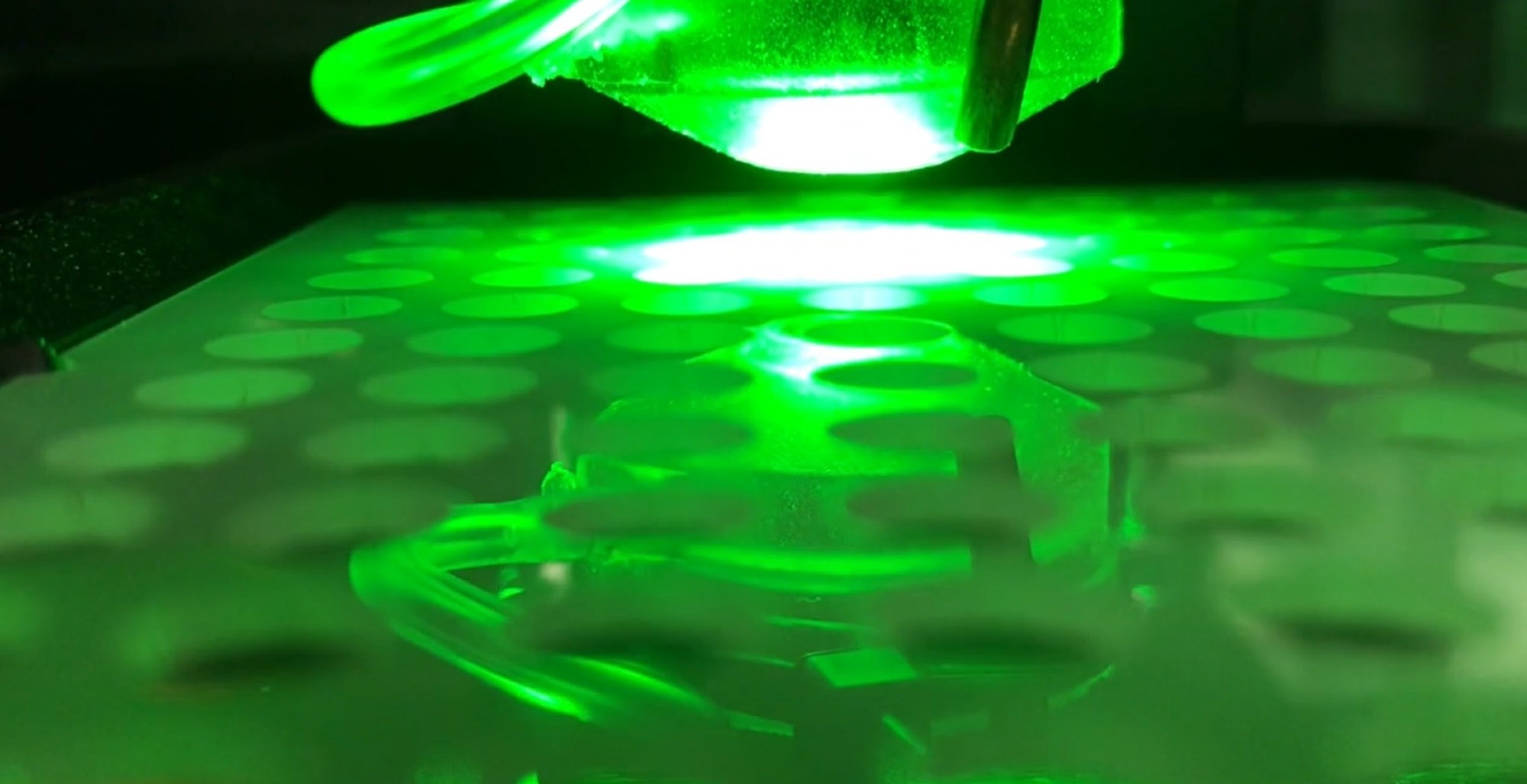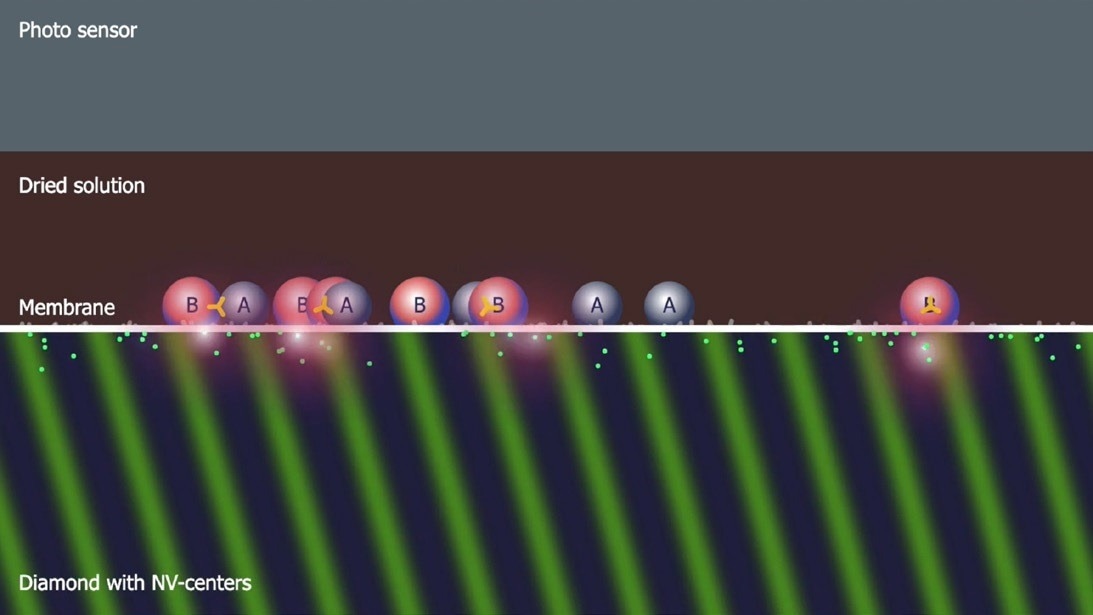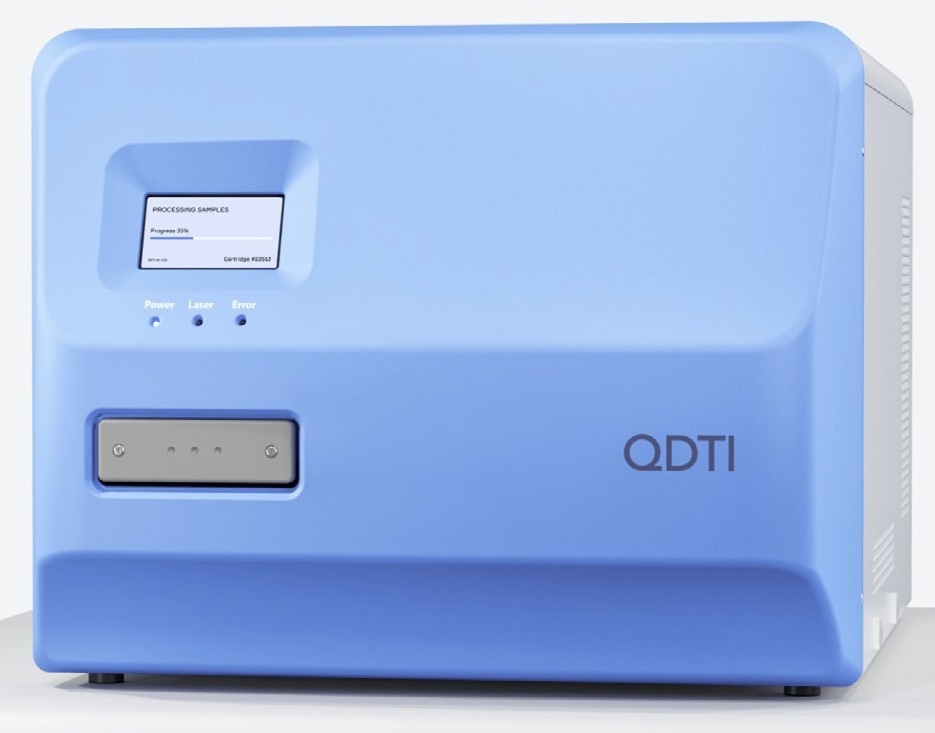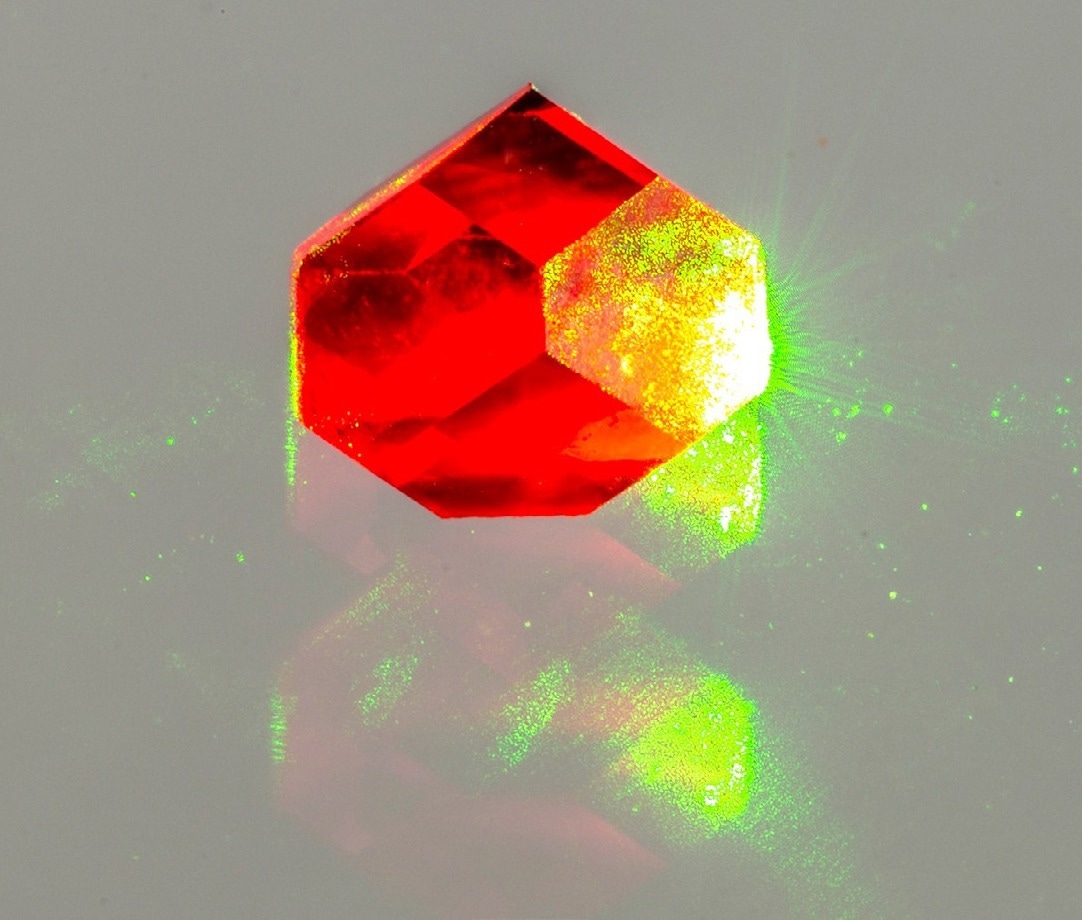Sponsored by Element SixSep 21 2023Reviewed by Emily Magee
An extensive research partnership between Element Six and Quantum Diamond Technologies Inc., a spin-off of Harvard University, intends to revolutionize early disease detection and treatment to disrupt the medical diagnostic business.

Image Credit: Element Six
The relationship with Element Six pre-dates the foundation of QDTI. What we are trying to do wouldn’t be possible without CVD diamond solutions with engineered spin centers and Element Six’s desire to commercialize this groundbreaking concept.
John Pena, CEO, Quantum Diamond Technologies Inc
Harvard University researchers founded QDTI to dramatically enhance early disease detection by utilizing the potent characteristics of quantum spins in diamond. The development of QDTI’s technology, which depend on an engineered synthetic diamond material solution powered by nitrogen vacancy (NV) centers for enhanced sensing, has been greatly aided by a close and long-standing collaboration with Element Six.
QDTI aims to provide a very user-friendly, quick point-of-care diagnostics platform to improve patient treatment for illnesses like cancer, heart disease, and Alzheimer’s disease. The early identification of disease-specific biomarker molecules can have a significant positive impact on patient outcomes.
The company is based in Massachusetts, USA, and has received financing from DARPA, the Michael J. Fox Foundation, and the Bill & Melinda Gates Foundation, among other organizations. It is now collaborating with pharmaceutical firms on biomedical research and development testing.
The Opportunity: Early Disease Detection
Early diagnosis is essential to enable efficient treatment plans and enhance patient outcomes for several diseases. Fortunately, biomarkers like proteins, nucleic acids, and cells can be measured in a patient’s blood or saliva sample to enable early disease identification and diagnosis.
The accepted method for measuring these biomarkers is to tag the target analyte with an enzyme or fluorescent marker that reacts with a substrate to produce a colorimetric signal.
By contrasting the optical signal intensity against a standard curve, one may determine the concentration of the illness biomarker in the blood, for instance. Although not sensitive at the single-molecule level, such analog measurements have remained adaptable and reliable enough to enable a global testing market worth over $25B annually.
The Challenge: The Need for a Simpler, More Accurate Detection Method
To identify different diseases or pathologies, such as heart problems, as early and precisely as feasible, ultrasensitive protein detection technologies are needed. However, auto-florescence from extraneous biomolecules or reagents causes undesired background in immunoassays containing fluorescent or colorimetric tags, reducing the sensitivity of the immunoassay.
The background must be removed using a time-consuming sample processing technique to make precise measurements. The required sample processing directly relates to the long wait times for patients’ findings.

Imaging platform: NV centers provide magnetic field map image. Image Credit: Element Six
The Solution: Diamond Nitrogen Vacancy (DNV™) Magnetometry
By using a magnetic tag instead of a fluorescent or colorimetric tag to identify the target biomarker in a patient’s sample, QDTI can take advantage of the special characteristics of DNVs. After tagging the disease biomarker on the diamond surface, the quantum diamond solution enables magnetic imaging of the labeled targets for direct, digital quantification.
High resolution is produced, and laborious sample processing procedures can be skipped. Widefield DNV™ magnetic microscopy has been used by QDTI to exhibit single-event spatial resolution over a field-of-view of about ~1 mm2 by carefully concentrating and positioning the NV centers in the diamond.
Due to this, ultrasensitive protein quantification can be done in research in less than an hour as opposed to the many hours that other commercial platforms require.
With the help of QDTI’s creativity and Element Six’s decades of expertise in synthetic diamond fabrication and engineering, new, easier methods for separating and counting important biomarkers at high sensitivity are now possible in smaller hardware systems with faster turnaround times.
According to QDTI, its platform could reduce technician hands-on time by at least 90% and the amount of reagents and disposables needed to process the patient’s sample by a significant margin. Patients could then benefit from speedier diagnosis times at much cheaper costs as well as a greener product as a result.
A novel commercial immunoassay detection system driven by Element Six’s NV center-enriched diamond and high-value immunoassays is currently being developed by QDTI, leveraging its successful collaboration with Element Six.
The product’s initial target markets will be the biomedical and research sectors, and a commercial debut is planned for the coming months. To further shorten the time required for protein measurement, Element Six and QDTI are also investigating ways to improve the NV performance and manufacturability.

QDTI benchtop immunoassay detection instrument. Image Credit: Element Six
When your technology is as disruptive as ours, you need someone you can trust to support you and help solve your technical challenges. Element Six has been that partner for us. Their NV centers in high purity diamond are the workhorse of QDTI’s technology.
John Pena, CEO, Quantum Diamond Technologies Inc
Why Diamond?
All other technologies are surpassed by diamond nitrogen vacancy (DNVTM) magnetometry for the high-throughput, high-resolution imaging of minuscule magnetic signals. CVD-grown diamond sensors have excellent sensitivity, can simultaneously gather data from millions of pixels in a few seconds, and can picture millimeter-scale areas with sub-micrometer resolution.
Contrary to traditional magnetometry techniques, there is no need to manage electrical connections to several sensors, function in a vacuum, or work at extremely low temperatures. Instead, a small, room-temperature gadget reads the entire image at once by light. QDTI can precisely locate magnetic tags belonging to certain protein molecules thanks to this imaging technology.
What is a Nitrogen Vacancy (NV) Center?
The electronic spin associated with a nitrogen vacancy center may be controlled and read out at room temperature using straightforward optical techniques, according to a series of ground-breaking investigations conducted in the 2000s, many of which were enabled by Element Six's material samples. The chemical vapor deposition (CVD) process of creating synthetic diamond enables the precise and effective introduction of these quantum 'defects' into the material.
In the diamond crystal structure, two nearby carbon atoms are removed, and one of them is replaced with a nitrogen atom, leaving a space or vacancy in its place. NV centers are created as a result.
Sensitive magnetometry is made possible by the NV’s electronic spin, which has a great sensitivity to magnetic fields. The platform is extremely powerful since the electronic spin can be identified and aligned by simply shining a green light at the NV center and gauging the amount of red light emitted.

Element Six DNV™ B1. Image Credit: Element Six
The Future: Point-of-Care Diagnosis
Patient diagnosis at the point of treatment is the ultimate goal of QDTI. QDTI is convinced that, with Element Six’s world-leading materials and expertise, it can create a smaller and more compact cartridge-based device because diamond NV magnetometry can be carried out at room temperature.
This innovative approach will provide many clinical and even at-home testing options without requiring specialized training. The first forms of this device should be prepared for testing soon.
Additionally, the next generation of DNV™ magnetometry tests might be able to spot proteins that act as markers for concussion, inflammation, and neurological disorders. Finding nucleic acid markers for cancer and infectious conditions is another area of investigation.
We are in awe of QDTI’s ability to tackle incredibly complex and important problems and, each time, find a solution. To see their units being already used in real benchmark tests is a testament to how much they have achieved in a short amount of time.
Daniel Twitchen Chief Technologist, Element Six

Element Six’s DNV™ B1—the first commercially-available, general-purpose quantum grade diamond. Image Credit: Element Six
Further Reading
- The diamond quantum revolution - M Markham & DJ Twitchen, 2020, PhysicsWorld
- Synthetic diamond – secret facets for endless possibilities - DJ Twitchen & G Sciarrone, 2021, Nature
- Single cell magnetic detection using a quantum diamond microscope - DR Glenn et al, 2015, Nature Methods
- Optical magnetic imaging of living cells - D Le Sage et al, 2013, Nature

This information has been sourced, reviewed and adapted from materials provided by Element Six.
For more information on this source, please visit Element Six.